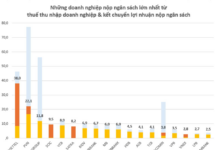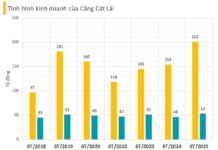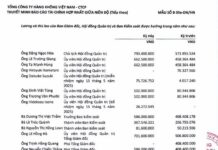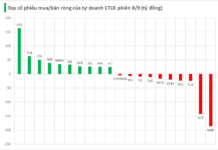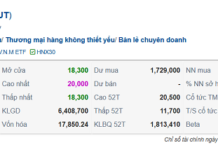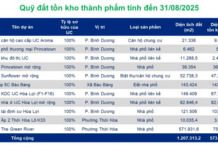Cotton imports in Vietnam reached 121,171 tons in December 2023, with a value of over $241 million, an increase of 1.7% in value compared to the previous month. However, for the whole year of 2023, Vietnam imported over 1.3 million tons of cotton (a decrease of 6.8% compared to 2022), valued at over $2.8 billion. This figure represents a significant decrease of 29.7% in value compared to 2022.
The sharp decrease in value was due to the lower import price of cotton to Vietnam in 2023, which averaged $2,117 per ton. In contrast, the average import price in 2022 was $2,807 per ton.
| Column 1 | |
|---|---|
| Australia | 467,718 |
| USA | 416,505 |
| India | 61,126 |
| Others | 354,651 |
Australia, USA, and India were the top three cotton suppliers to Vietnam in 2023, according to the General Department of Customs. Chart: MH
In terms of import markets, Australia surpassed the USA to become the largest cotton supplier to Vietnam in 2023. By the end of December 2023, Vietnam imported a total of 467,718 tons of cotton from Australia (an increase of 10.6% compared to the previous year), valued at over $1.01 billion (a decrease of 15.8% compared to 2022).
Meanwhile, the USA was the second-largest cotton supplier to Vietnam. Vietnam imported 416,505 tons of cotton from the USA, valued at over $912 million in 2023. India ranked third as a cotton supplier to Vietnam, with 61,126 tons, valued at over $91 million.
So why does Vietnam spend billions of dollars to import large quantities of cotton from these countries?
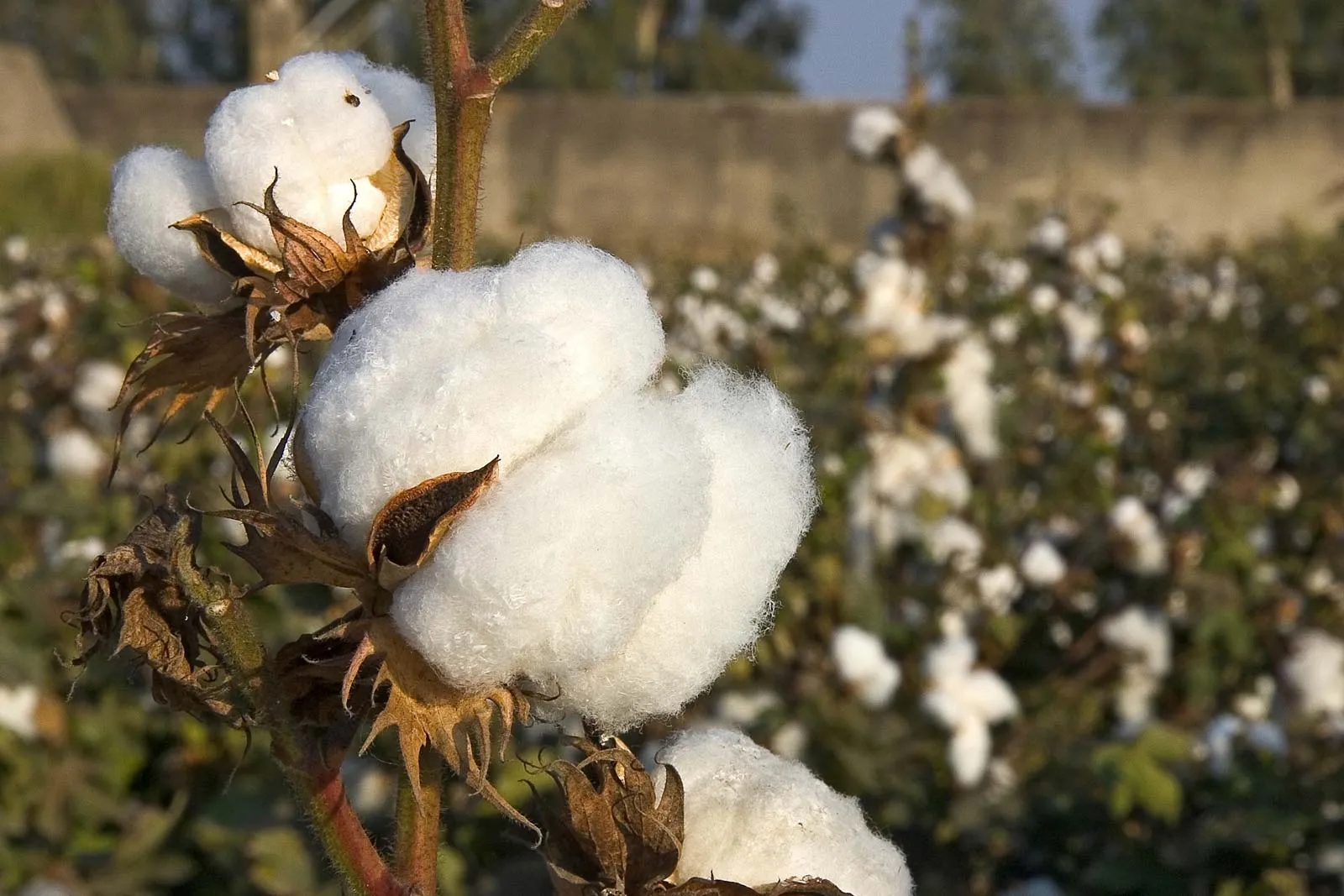
Cotton is a key input material for Vietnam’s textile and garment industry. Image: Britannica
According to the General Department of Customs, Vietnam is currently the world’s third-largest cotton importer, with a consumption volume of up to 1.5 million tons per year. Vietnam imports cotton because it is a key input material for the country’s textile and garment industry. Meanwhile, domestic cotton production only meets about 1% of the demand, fibers account for about 30%, fabrics 20%, and supporting industries are underdeveloped.
According to the International Cotton Advisory Committee (ICAC), the average price of cotton fiber worldwide in 2023 was estimated at 68.6 cents per pound, a 9% decrease compared to 2022. This is the third consecutive decrease since 2021, mainly due to a significant decrease in demand caused by the Covid-19 pandemic, while production output remains high, leading to surplus supply.
Additionally, the price of cotton fiber is also affected by the prices of alternative materials such as viscose, polyester, and trade policies of countries. ICAC predicts that cotton prices will tend to increase as demand gradually recovers in 2024.
Opportunities for the Textile and Garment Industry in 2024

Mr. Vu Duc Giang, Chairman of the Vietnam Textile and Garment Association, speaking at the 2023 Year-end Conference. Image: PV
According to the Vietnam Textile and Garment Association, the total export turnover of the Textile and Garment industry in 2023 is projected to reach $40.3 billion, a decrease of 9.2% compared to 2022. Specifically, the export value of garments is estimated to decrease by $3.1 billion (equivalent to 8.9%), fabrics by $186 million (equivalent to 6.9%), fibers by $485 million (equivalent to 10.3%), and raw materials by $218 million (equivalent to 16%).
At the 2023 Year-end Conference, Mr. Vu Duc Giang, Chairman of the Vietnam Textile and Garment Association, shared the difficulties, challenges, price pressures, production costs, shortage of orders, fierce competition in the market, and employment pressures that the textile and garment business community faced throughout 2023. Despite facing many difficulties, the textile and garment enterprises have shown efforts to diversify markets, products, and especially export to 104 markets worldwide, achieving impressive revenue in new markets such as Africa and Russia.
Although the export turnover of the textile and garment sector did not reach the target of $45-47 billion set at the beginning of 2023, VITAS believes that there has been a significant change in the export structure in 2023. Specifically, some key export products of the textile and garment industry, such as underwear, children’s clothing, and shorts, have shown a sharp decline. On the contrary, items such as jeans, medical clothing, protective clothing, and suits have increased rapidly.
In 2024, based on the prospects of global economic recovery and the economic situation forecast for Vietnam, VITAS has set the target of striving for the total export turnover of the entire industry to reach $44 billion, an increase of 9.2% compared to 2023.
To achieve the export target of the Textile and Garment industry in 2024, Vietnam will continue to import large quantities of cotton from other countries around the world. This is because cotton fibers account for a large proportion of the export cost structure of textile and garment products today.
Furthermore, the Vietnamese textile and garment industry has the opportunity to transform partially due to the forecasted upward trend in the price of the important raw material, cotton, as demand gradually recovers. The US National Commission for Reform and Development will allocate a quota of 750,000 tons of imported cotton based on a sliding tax rate for state-owned companies. This is expected to contribute to the increasing demand for cotton in the future.
Reference: Customs, Vcosa, VITAS, ICAC













